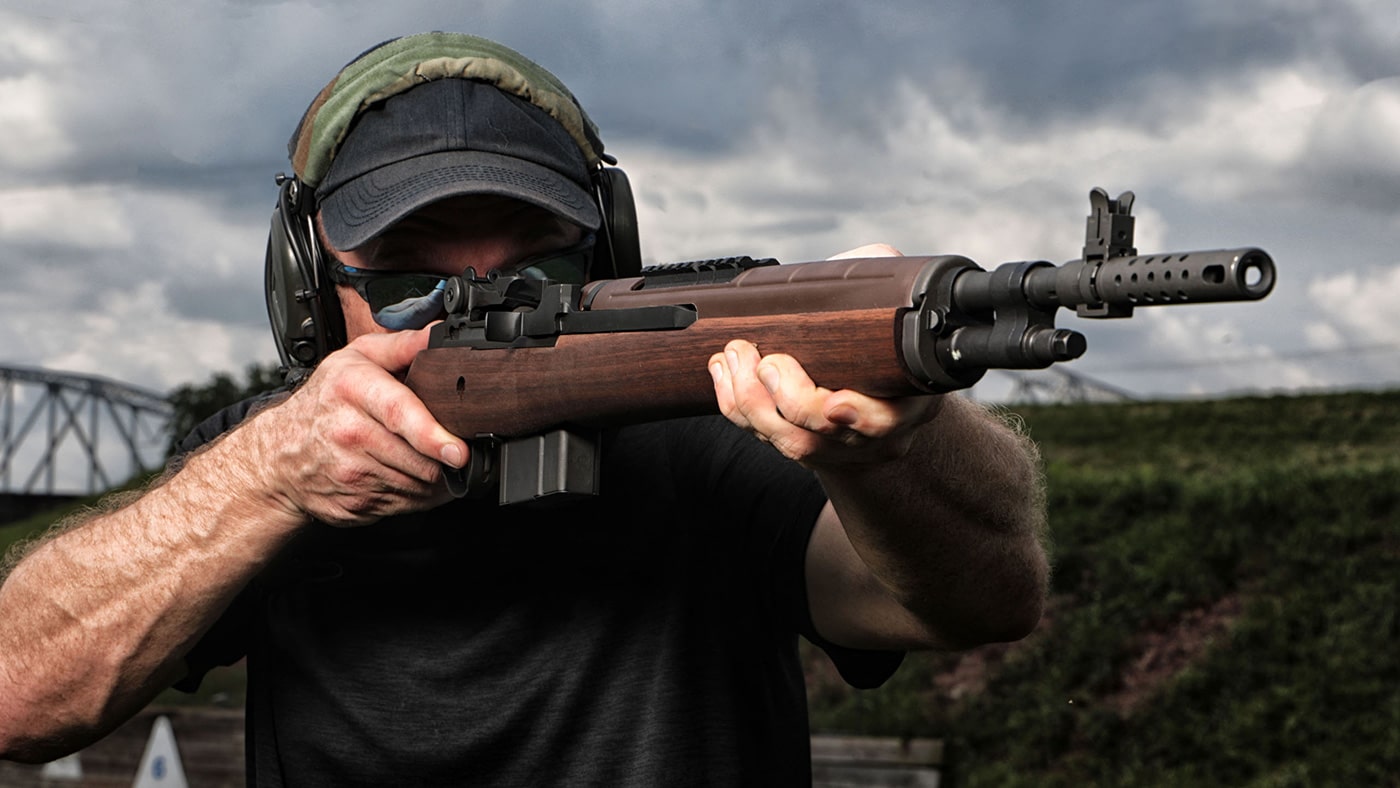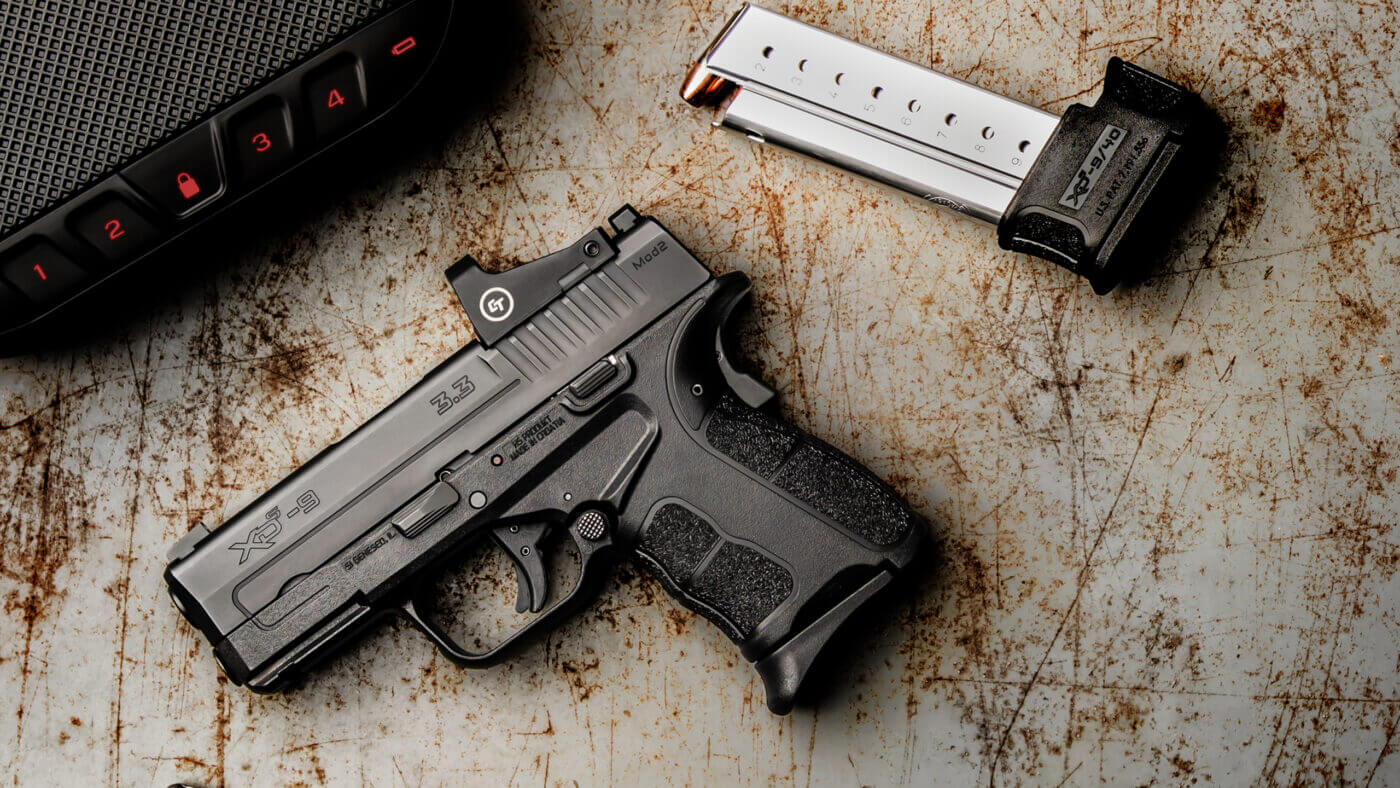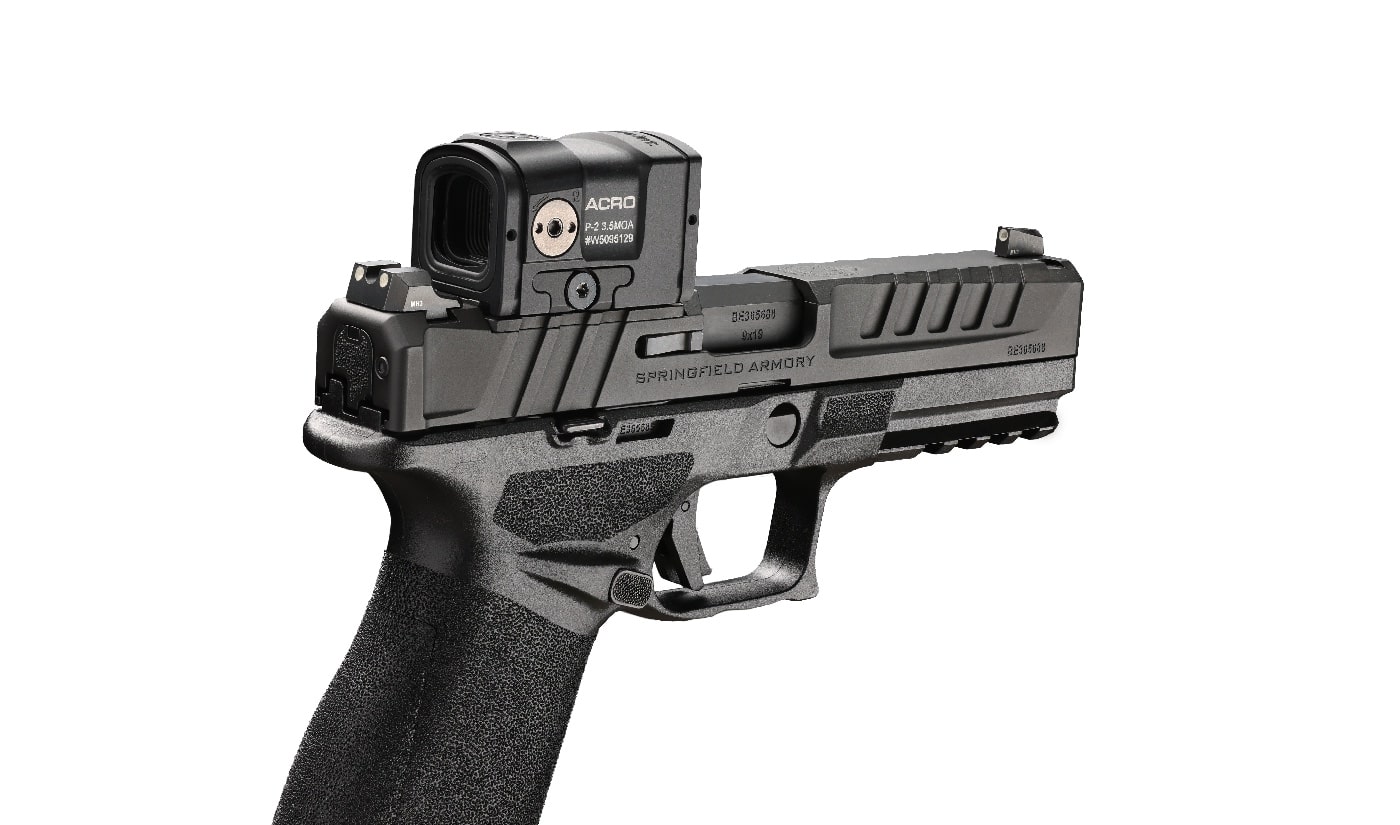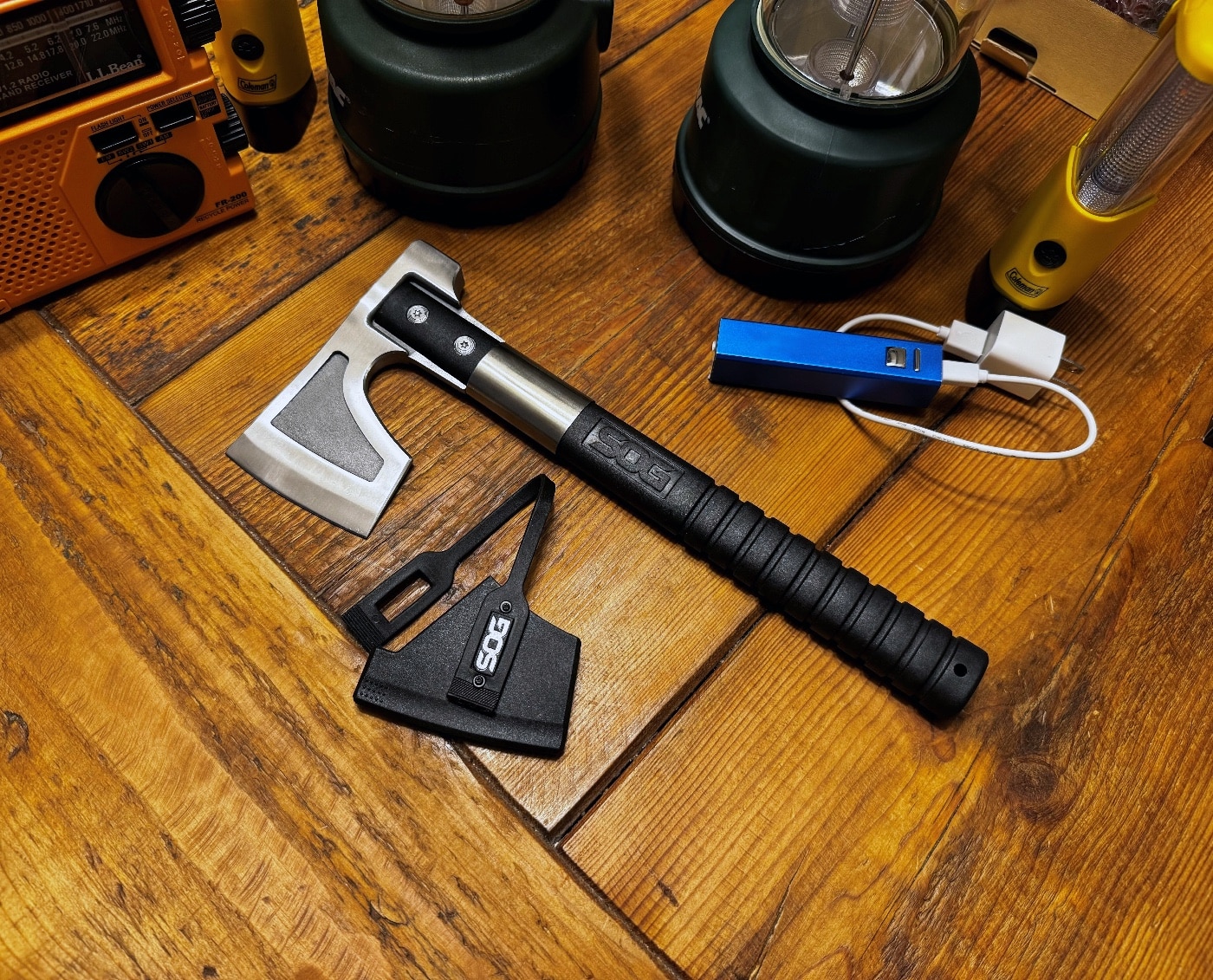The concept of a semi-automatic firearm often confuses those not familiar with the vast arsenal of terminologies in the firearms world. In the article titled "What Is a Semi-Automatic Firearm?" by Will Dabbs, MD, the author tries to demystify these terms, offering insights into the historical development of firearms, and primarily focusing on the characteristics defining semi-automatic firearms. Highlighting the quirky language specific to various fields, Dabbs mentions that while different professions might have terms like 'sweating' meaning different things, the gun world too has its unique lexicon. Specifically, the term 'semi-automatic' is often misunderstood even though it is a straightforward mechanism, especially in contrast to fully automatic weapons. The semi-automatic gun is essentially a self-loading gun that fires one round with each trigger pull.

Dabbs traces the semi-automatic firearm's origin back to inventions in 1885 by Ferdinand Ritter von Mannlicher in Austria. Since then, there has been significant advancement, poised today with an evolved design that is popular for various shooting applications. Semi-automatic firearms include rifles, pistols, and shotguns, each designed for specific uses like hunting or self-defense. Rifles, such as the popular Springfield Armory SAINT or the time-honored M1A, bring versatility and efficiency in defense scenarios, while semi-automatic pistols stand as favorites in law enforcement for their ease of use and reliability. The semi-automatic firearms function by using the firing energy to extract empty casings and load new ammunition, ensuring no more than one round is fired with each trigger squeeze. Despite their efficiency, they require proper handling knowledge and maintenance to function reliably.
The appeal of semi-automatic firearms not only lies in their mechanical sophistication but also in their practicality for self-defense and recreational use. Innovation in design and material science has made semi-automatic firearms an ideal choice for concealed carry, providing users with a good balance of power, size, and ease of use. However, they do involve a learning curve and require regular practice to maintain proficiency. For those considering entry into the world of firearms, semi-automatic firearms offer a blend of historical significance, mechanical brilliance, and practical utility that appeals to both novice and seasoned users alike. Such insights invite readers to delve deeper into the world of firearms, as presented in "What Is a Semi-Automatic Firearm?" by Will Dabbs, MD.





